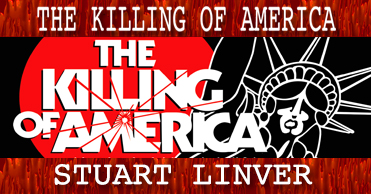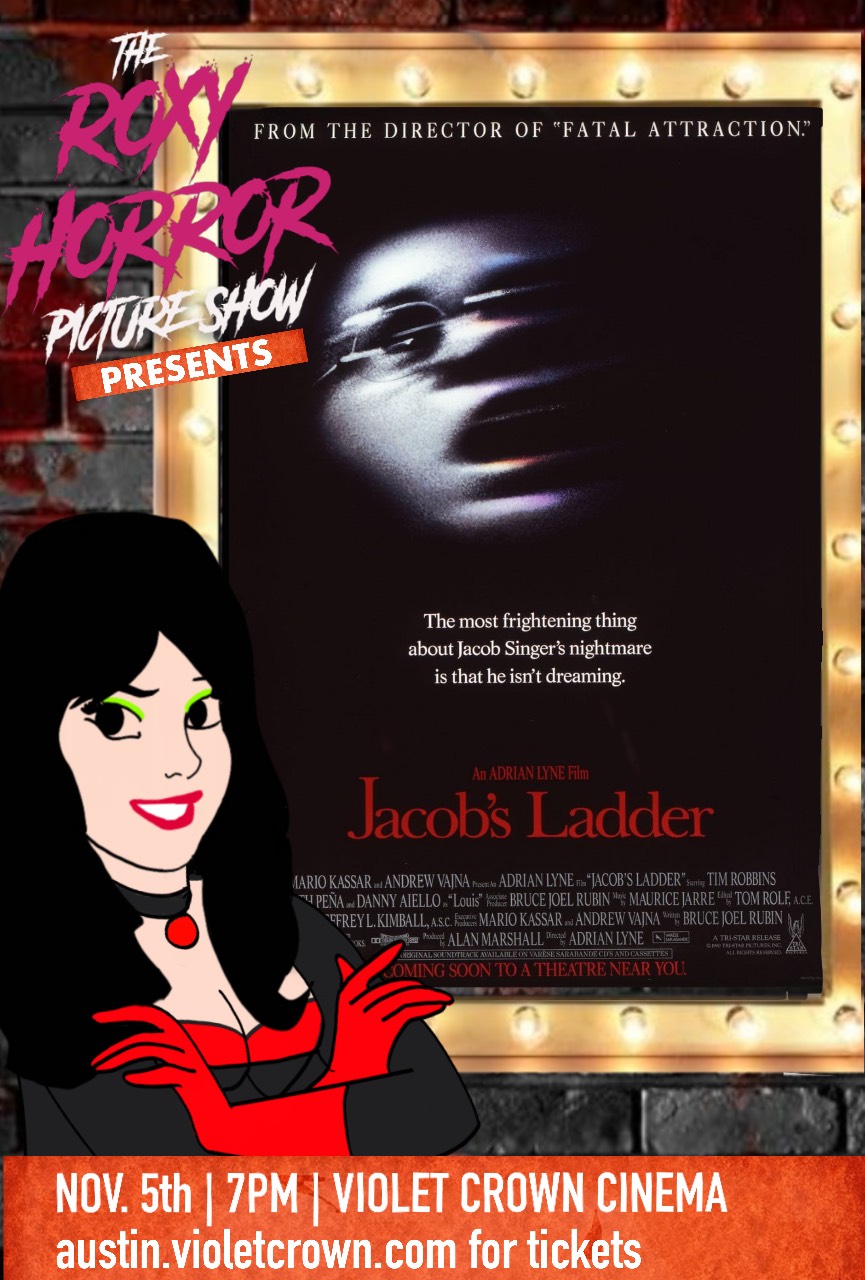Despite the exposure of footage seen in The Killing of America growing since becoming viral, the 1981 documentary’s effect hasn’t changed since its troubled release 35 years ago. Intended as a conversation starter—still subject to categorize as a Mondo film, but immensely more sophisticated than its counterparts (Faces of Death Series, Mondo Magic, Inhumanities Series, and many more)—Killing didn’t get an American debut until its eventual Blu-ray release in 2016.
Leonard Schrader (Co-Writer of Mishma: A Life in Four Chapters, and brother of Paul Schrader) worked with the prolific editor Lee Percy (Boys Don’t Cry, Snowden), headed by director Sheldon Renan (Aids: What Everyone Needs to Know) and producer Matachîro Yamamoto (Vampire Hunter D: Bloodlust)
WARNING: TRAILER IS NSFW
As Yamamoto was shocked at the normality of violence in America, Sheldon Renan was brought on board. Renan starts Killing’s timeline at the assassination of John F. Kennedy, ending it at the assassination of John Lennon (which, as told by Percy in an interview, happened during post-production).
With often unseen footage or unheard of events flooding the screen, Renan’s past career as an archivist granted access to uncut news reels and high-quality sources of infamous images.

With the charisma of Schrader, the gut-wrenching images of death seen from the opening image and on, is only exasperated by one-on-one interviews with trigger-men themselves.
Moment-by-moment accounts are told by murderers. A prostitute recounts the death of her mother. Tony Kiritis prides himself over the kidnapping of a bank-teller who denied him a loan, referring to himself as waving the American flag better than John Wayne.
As there’s too much to reference here, but an unending stream of moments worth speaking of, if you have the stomach to endure the onslaught of real death I hold The Killing of America as a high recommendation. It acknowledges there is no conclusion, literally telling the audience who statistically died in the United States within the films duration, and expressing fear for the future.

Severin Films, the self-acclaimed “Criterion of Smut” gave Killing the long-awaited release it deserves. Having been released initially in Japan, Yamamoto thought Renan/Schrader/Percy’s bleak presentation would be seen as disrespectful, adding in a large chunk of scenes representing a lighter side of America.
In an era where a movie of this type was nothing but exploitation, Killing is a dense, smart, and endlessly substantial film that grows increasingly relevant. It asks questions at eye level rather than forging a conclusion.
One of the most intriguing points of Killing is the contrast of a cowboy killed in a staging of the old west versus someone killed in real life. They don’t animate, shake, and jump onto their back. They just fall.








